Top 16 Glutamine-Rich Foods You Should Add To Your Diet
Give your system proper nutrition in the form of essential amino acids for its functioning.
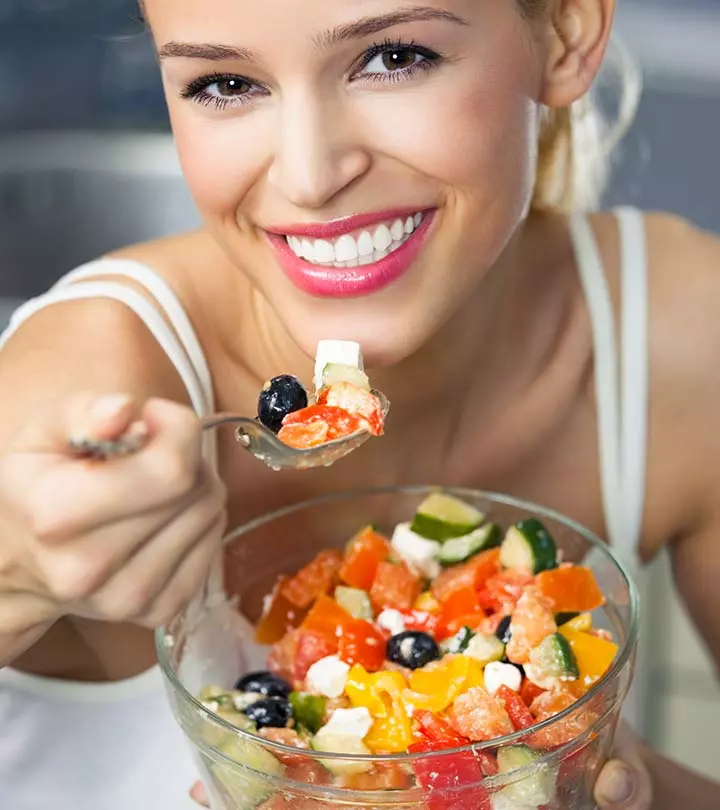
Image: Shutterstock
The first question that comes to mind is- what is glutamine? Glutamine, also known as L-glutamine, is a non-essential amino acid. It is also the most abundant amino acid (1). This amino acid has many benefits, and you can reap them by including glutamine-rich foods in your diet. Such foods may help prevent muscle loss, improve immunity, speed up muscle recovery, promote muscle growth, and enhance digestion (2), (3).
But an increase in age or severe illness, a strenuous exercise regime, or flesh wounds can cause the levels of L-glutamine to gradually decrease (3), (4). Hence, taking foods rich in this amino acid will greatly help combat this loss. Continue reading to learn more about these foods.
In This Article
Top 16 L-Glutamine Foods You Should Add to Your Diet
1. Seafood
Seafood, such as fish, mussels, shrimps, and crabs, are excellent sources of glutamine.
Seawater fish contain more glutamine content than freshwater fish (5). You can steam, grill, or add them to soups and salads. Make sure not to overcook them as they lose texture and food value.
 Quick Tip
Quick Tip2. Grass-fed Meat
Meat is an excellent source of protein. Chicken, lamb, and beef are great sources of glutamine, and you can include any one of these in your lunch or dinner (6). However, be careful with the amount of red meat you consume if you are obese or have a heart problem or high blood pressure.
Consume 3 oz of chicken breast (3.7 g glutamine) and/or 3 oz of lean cuts of beef (3.2 g – 4 g glutamine). Avoid consuming charred meat and have green leafy veggies with meat to balance the diet.
3. Red Cabbage

Red cabbage is a glutamine-rich vegetable (7). It helps build immunity and boosts your overall health.
Include it in salads, sandwiches, and wraps because cooking it destroys its glutamine content. You can also consider juicing or fermenting it.
4. Milk
Grass-fed milk is glutamine-rich and helps promote the production of glutathione, an antioxidant
(8).
In a study with 1,000 adult U.S. citizens, perceptions of milk and its effects on health were compared. According to the data, the majority of survey participants (61%, or roughly 610) believe that drinking milk is beneficial, while only a small portion (11%) think it is harmful and a further portion (15%) believe it has no effect. A small percentage of respondents (14%) are unsure of how moderate milk consumption affects health.
Consume milk in the morning with breakfast without any added sugar to replenish the depleted levels of glutamine in your body. It will also strengthen your bones in the process.
5. Eggs
Eggs are also good sources of glutamine (9). A hundred grams of eggs contains 0.6 grams of glutamine.
Depending on your daily requirement, you may consume eggs for breakfast or lunch to provide your body with the required amount of vitamins, minerals, and amino acids. Have boiled, fried, or poached eggs or omelets to add taste and variety to your meal.
6. Yogurt
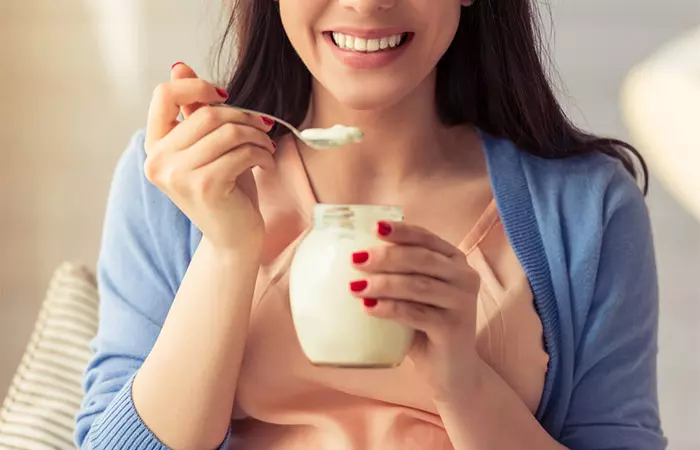
Another beneficial dairy product, yogurt has many health benefits, such as improving gut bacteria count and enhancing digestion (10). Include it in your diet if you are looking for a dietary source of glutamine. Make sure that the yogurt you consume is from grass-fed milk.
It is best to make a bowl of yogurt at home and store in the fridge instead of consuming the one available on the market that has low glutamine content. Add it to your salad instead of mayonnaise, have it as a snack, or have it with fruits like berries as dessert. You can also add apples or bananas as they have glutamine too.
7. Ricotta Cheese
Ricotta cheese is obtained by adding citric acid or lime juice to milk, which leads to precipitation of the milk protein. Like grass-fed milk, grass-fed ricotta cheese is a good source of glutamine (11).
You can have it for breakfast by adding a little salt and pepper to it. Add a little sugar if you are not worried about weight gain. Add it to salads, sandwiches, and wraps to make your lunch extra special.
8. Nuts
Nuts are rich sources of healthy fats and protein. Glutamine, an amino acid, is also present abundantly in nuts (12). It is easy to overeat these small pockets of joy, and hence, you must watch how many nuts you consume.
Add these nutritional seeds to your morning homemade protein shake, breakfast bowl, salad, flavored rice, etc. Have almonds, hazelnuts, pistachios, peanuts, and walnuts without toasting to keep the nutritional value intact.
9. Beans

Soybeans and kidney beans are excellent sources of glutamine (13), (14). If you are a vegetarian or vegan and cannot have animal sources of glutamine, consume beans. Consuming beans can also help accelerate the recovery process of an injury.
Have boiled beans with veggies and a lean protein source, such as mushroom or chicken breast, to have a balanced healthy diet.
 Quick Tip
Quick Tip10. Parsley
Parsley is a well-loved herb that is used to add taste and flavor to various dishes like quiche and soups. Apart from being a good source of vitamins, minerals, and dietary fiber, parsley is also rich in glutamine (11).
Add it to your sandwich, stuffed flatbread, hot dog, stuffed chicken, grilled fish, mushroom, or vegetable soup.
11. Dark Leafy Greens
Dark leafy greens, such as spinach, collard greens, kale, lettuce, radish greens, and cilantro, are good sources of glutamine (15). If you work out regularly, get less rest, and feel fatigued all the time, including these leafy greens in your diet will improve your health and support your immune system.
Add them to your salad, sandwich, and wraps. Balance the meal with a lean protein source, healthy fats, and good carbs.
12. Organ Meat

Organ meat, like liver, is a good source of glutamine (16). If your body needs to replenish the glutamine levels due to illness or muscle loss due to a flesh wound, including animal liver in your diet can help in speeding up the process.
Grill the liver and season it well. Have it with dark leafy greens, boiled beans, a dash of lime juice, paprika, and a pinch of salt.
13. Bone Broth
Bone broth is super healthy and can provide instant energy. If you have been falling ill regularly and feel your immunity needs a boost, consume the glutamine-rich bone broth.
Prepare it at home by adding beef bones, other veggies, seasoning, and 2-3 cups of water to a soup pot. Cover the lid and slow cook for 60 minutes. Have it with flatbread or garlic bread.
14. Asparagus
Both white and green asparagus are good sources of glutamine and can be used to prevent muscle loss or speed up the recuperation time.
Blanch, grill, or add it to your soup. Have it along with dark leafy greens, other veggies, and a lean protein source to make the meal healthy.
15. Legumes
Legumes, such as chickpeas, peas, lentils, and beans, are good sources of glutamine (14). They are great for vegetarians and vegans as people who fall in these two categories are deprived of different amino acids that can be sourced from animal meat.
Have legumes in soups or make dips, savory pancakes, add in wraps, or make a curry to include them in your daily diet.
These are the best glutamine-rich foods that you can include in your diet to enhance muscle tone, prevent muscle loss, strengthen the bones, and improve immunity. Let us now look at the benefits of consuming glutamine-rich organic foods.
16. Nori Seaweed
Nori seaweed, a popular ingredient in sushi and various Asian dishes, is not only delicious but also nutritionally valuable due to its high glutamine content (17). It stands out as a rich plant-based source of glutamine that aids tissue repair, enhances immune response, and promotes gut health. It is also rich in iodine content, essential for thyroid health. Additionally, it contains significant amounts of vitamin B12 and minerals such as iron and calcium, promoting overall well-being (18).
Including nori seaweed in your diet not only delights the taste buds but also contributes to your overall health and vitality thanks to its glutamine content. So try to include it by using it as a sushi wrap or for snacking on roasted nori sheets. You can also crumble it into salads or soups for a savory flavor and a boost of glutamine.
Key Takeaways
- Red cabbage, nuts, beans, yogurt, and eggs are a few sources of glutamine.
- Moderate consumption of glutamine helps maintain muscle mass and improves memory.
- Consuming glutamine is beneficial for individuals who engage in high-intensity workouts or get the flu frequently.
- Individuals with kidney disease Reye’s syndrome should avoid glutamine-rich foods.
- These glutamine-rich foods can support brain function as well.
Benefits Of Glutamine
Consuming foods rich in L-glutamine benefits your health in several ways. Valeria Dolbel, Certified Nutritionist, says, “A significant supply of glutamine makes it easier for the brain to provide neurotransmitter balance by producing glutamate, which is required for alertness, memory, and learning. It also helps prevent brain aging.” Keep scrolling for the other benefits.
- Improves the health of the digestive tract by regulating cell division of the intestinal lining (19).
- It assists the body in producing glutathione, which is a potent antioxidant (20).
- It maintains the pH balance in the body (21).
- It helps maintain muscle mass (22).
- It helps in cellular and systemic detoxification (23).
- Promotes healthy neurological function and improves memory and learning (24).
It is clear from the list above that glutamine-rich foods are essential for overall health. The next question is, when should you consciously choose to eat glutamine-rich foods or who should consume glutamine-rich foods?
Who Should Consume Glutamine-Rich Foods?

You should include these foods in your daily diet if you:
- have severe burns.
- perform high-intensity exercises.
- experience frequent bouts of colds and flu.
- have celiac diseasei A genetic autoimmune disorder that triggers the body to overreact to food items with gluten, causing bloating and diarrhea. , IBSi A common disorder affecting the stomach and intestines and causes symptoms like diarrhea, bloating, and abdominal pain. , Crohn’s diseasei A chronic bowel disease that causes the digestive tract to become swollen, resulting in abdominal pain and fatigue. , or ulcerative colitis.
- have lost muscle mass due to a weight loss program.
- have lost muscle mass due to a flesh wound.
- are losing muscle due to cancer or AIDS.
- are recovering from surgery or injury as it helps with tissue repair and recovery.
Note:
These points are mentioned keeping in mind the various benefits of glutamine.
Claudia Vidor, a blogger, reflects on her postpartum experience, acknowledging that she initially didn’t prioritize proper nutrition, rest, and mental well-being in the two months after giving birth. In her blog post, she highlights the importance of consuming foods rich in glutamine, calcium, magnesium, phosphorus, and immune-boosting nutrients. She writes, “Many foods such as egg and soy contain glutamine, but I find that bone broth is the easiest way to introduce it thanks to its versatility (i).”
When To Avoid Foods High In Glutamine?
Although there’s no restriction on who can consume glutamine-rich foods, certain health conditions do not allow it. Avoid foods high in glutamine under the following circumstances:
- If you have kidney or liver disease.
- If you have Reye’s syndromei A rare metabolic disorder that causes swelling in the liver and brain and is seen in people recovering from a viral infection. .
- People with cancer.
- If you are allergic to glutamine-rich foods and exhibit symptoms like nausea, vomiting, hives, and joint pain.
Therefore, it is best to consult your doctor if you want to consume glutamine-rich foods and have other medical conditions. They will help you understand the daily intake limit as well.
Infographic: 7 Glutamine-Rich Foods You Should Eat
Glutamine is a non-essential amino acid that plays a key role in several bodily functions. Factors like an intense exercise regimen or severe illness can cause glutamine levels to drop. That is why it is important to eat foods rich in glutamine to help maintain muscle mass.
We have rounded up a list of 7 glutamine-rich foods you should add to your diet. Check out the infographic below to know more! Illustration: StyleCraze Design Team
Including glutamine-rich foods in your diet helps promote health. Foods like red cabbage, seafood, grass-fed meat, eggs, legumes, milk, yogurt, nuts, ricotta cheese, beans, parsley, dark leafy greens, and organ meat can promote glutamine levels in the body. Therefore, people with muscle loss, celiac disease, or severe burns should consume these foods to recover easily. However, people with liver or kidney disease, ryes syndrome, cancer, or those allergic to glutamine must avoid these foods. A few other glutamine-rich foods that you can add to your diet are quinoa, broccoli, avocado, and oranges.
Frequently Asked Questions
What cancers feed on glutamine?
Valeria Dolbel says, “Glutamine is the most abundant free amino acid in the human body, responsible for the growth of neoplastic cells and the culture of most cell types. The role of glutamine in cancer requires host and glutamine metabolism, circulation, and transport. Brain cancer and leukemia are common cancers that change how glutamine products are in a cell.”
What are the symptoms of glutamine deficiency?
According to Valeria Dolbel, “The symptoms of glutamine deficiency mainly include increased susceptibility to infection causes, frequent colds and flu, intestinal dysbiosis, and weight loss.”
When should I take glutamine, in the morning or at night?
“As an expert, I recommend taking glutamine supplementation right before bedtime. It enhances growth hormone levels while sleeping. In addition, it has a calming effect and counteracts signs of stress, making you feel relaxed.” says Dolbel.
What are the negative effects of glutamine?
An allergic reaction to glutamine-rich foods may cause nausea, vomiting, hives, and joint pain.
Does L-glutamine help you lose weight?
A pilot study confirms that glutamine aids weight loss and reduces waist circumference by increasing insulin sensitivity and improving glucose metabolism (25).
Does L-glutamine help with sugar cravings?
Glutamine-rich foods may help reduce sugar cravings by increasing satiety and improving insulin sensitivity and glucose metabolism.
Are eggs high in glutamate?
Yes, eggs are high in glutamate.
When should I take glutamine?
Consume glutamine-rich foods or glutamine supplements after talking to your doctor if you workout regularly and/or are recovering from a flesh wound or a serious illness.
Do oats contain glutamine?
Amongst grains, oats contain a comparatively high amount of glutamine (1.63 grams per serving) (26).
Does rice have glutamine?
Rice is relatively low in glutamine, with 0.3 g of glutamine per 100 g of rice.
How do you test for low glutamine?
You need to undergo a blood serum test to learn about your body’s low glutamine levels.
Does cooking destroy glutamine?
Yes, cooking destroys glutamine, particularly in vegetables.
Illustration: Glutamine-Rich Foods You Should Add To Your Diet
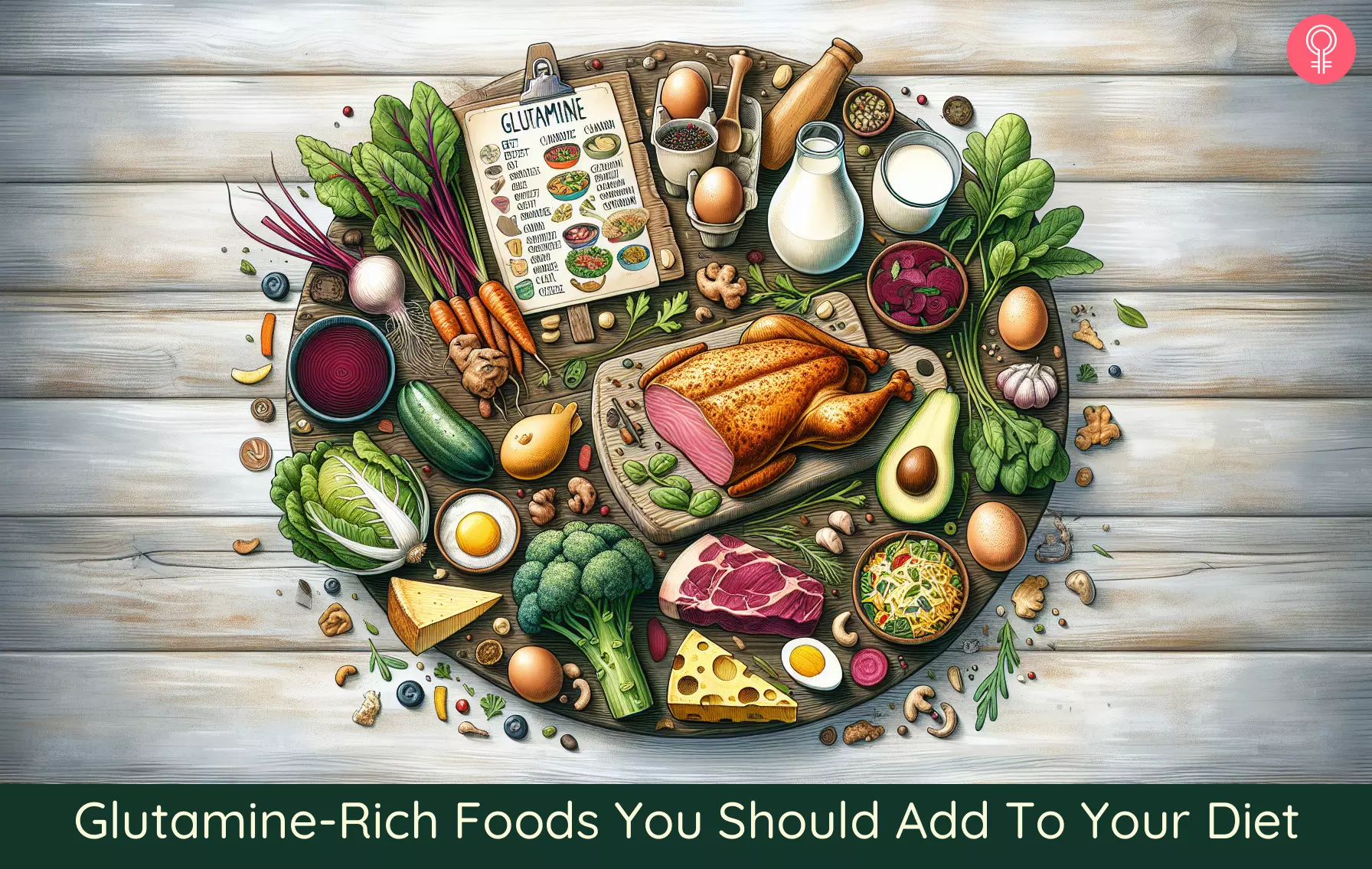
Image: Dall·E/StyleCraze Design Team
References
Articles on StyleCraze are backed by verified information from peer-reviewed and academic research papers, reputed organizations, research institutions, and medical associations to ensure accuracy and relevance. Read our editorial policy to learn more.
- Nutritional importance of glutamine, Arquivos de gastroenterologia, US National Library of Medicine, National Institutes of Health.
https://pubmed.ncbi.nlm.nih.gov/10029867/ - Therapeutic considerations of L-glutamine: a review of the literature, Alternative Medicine Review, US National Library of Medicine, National Institutes of Health.
https://pubmed.ncbi.nlm.nih.gov/10468648/ - Glutamine as an Immunonutrient, Yonsei Medical Journal, US National Library of Medicine, National Institutes of Health.
https://www.ncbi.nlm.nih.gov/pmc/articles/PMC3220259/ - Age-related glutamate and glutamine concentration changes in normal human brain: 1H MR spectroscopy study at 4 T, Neurobiology of Aging, US National Library of Medicine, National Institutes of Health.
https://www.ncbi.nlm.nih.gov/pmc/articles/PMC2443746/ - Functional amino acids in fish nutrition, health and welfare, Frontiers in Bioscience, US National Library of Medicine, National Institutes of Health.
https://pubmed.ncbi.nlm.nih.gov/26709652/ - Evaluation of a novel food composition database that includes glutamine and other amino acids derived from gene sequencing data, European Journal of Clinical Nutrition, US National Library of Medicine, National Institutes of Health.
https://www.ncbi.nlm.nih.gov/pmc/articles/PMC3249386/ - Free amino acids of tronchuda cabbage (Brassica oleracea L. Var. costata DC): influence of leaf position (internal or external) and collection time, Journal of Agricultural and Food Chemistry, US National Library of Medicine, National Institutes of Health.
https://pubmed.ncbi.nlm.nih.gov/18553888/ - Chemical Composition, Nitrogen Fractions and Amino Acids Profile of Milk from Different Animal Species, Asian-Australasian Journal of Animal Sciences, US National Library of Medicine, National Institutes of Health.
https://www.ncbi.nlm.nih.gov/pmc/articles/PMC4932579/ - Effects of Egg White Protein Supplementation on Muscle Strength and Serum Free Amino Acid Concentrations, Nutrients, US National Library of Medicine, National Institutes of Health.
https://www.ncbi.nlm.nih.gov/pmc/articles/PMC3497008/ - Effects of Dietary Yogurt on the Healthy Human Gastrointestinal (GI) Microbiome, Microorganisms, US National Library of Medicine, National Institutes of Health.
https://www.ncbi.nlm.nih.gov/pmc/articles/PMC5374383/ - DL-Glutamine, PubChem, US National Library of Medicine, National Center for Biotechnology Information.
https://pubchem.ncbi.nlm.nih.gov/compound/DL-Glutamine - Chemical composition of nuts and seeds sold in Korea, Nutrition Research and Practice, US National Library of Medicine, National Institutes of Health.
https://www.ncbi.nlm.nih.gov/pmc/articles/PMC3627934/ - Optimization of Glutamine Peptide Production from Soybean Meal and Analysis of Molecular Weight Distribution of Hydrolysates, International Journal of Molecular Sciences, US National Library of Medicine, National Institutes of Health.
https://www.ncbi.nlm.nih.gov/pmc/articles/PMC3397538/ - Nutritional Composition and Bioactive Content of Legumes: Characterization of Pulses Frequently Consumed in France and Effect of the Cooking Method, Nutrients, US National Library of Medicine, National Institutes of Health.
https://www.ncbi.nlm.nih.gov/pmc/articles/PMC6266829/ - Glutamine: A novel approach to chemotherapy-induced toxicity, Indian Journal of Medical and Paediatric Oncology, US National Library of Medicine, National Institutes of Health.
https://www.ncbi.nlm.nih.gov/pmc/articles/PMC3385273/ - Food Products as Sources of Protein and Amino Acids—The Case of Poland, Nutrients, US National Library of Medicine, National Institutes of Health.
https://www.ncbi.nlm.nih.gov/pmc/articles/PMC6315330/ - Seaweed-Derived Proteins and Peptides: Promising Marine Bioactives
https://www.ncbi.nlm.nih.gov/pmc/articles/PMC8773382/ - Seaweeds as a Functional Ingredient for a Healthy Diet
https://www.ncbi.nlm.nih.gov/pmc/articles/PMC7345263/ - The Roles of Glutamine in the Intestine and Its Implication in Intestinal Diseases, International Journal of Molecular Sciences, US National Library of Medicine, National Institutes of Health.
https://www.ncbi.nlm.nih.gov/pmc/articles/PMC5454963/ - Glutamine drives glutathione synthesis and contributes to radiation sensitivity of A549 and H460 lung cancer cell lines, Biochimica et biophysica acta, US National Library of Medicine, National Institutes of Health.
https://www.ncbi.nlm.nih.gov/pmc/articles/PMC4768472/ - Acid-Base Homeostasis, Clinical Journal of the American Society of Nephrology, US National Library of Medicine, National Institutes of Health.
https://www.ncbi.nlm.nih.gov/pmc/articles/PMC4670772/ - Glutamine: a potentially useful supplement for athletes, Canadian Journal of Applied Physiology, US National Library of Medicine, National Institutes of Health.
https://pubmed.ncbi.nlm.nih.gov/9916176/ - Glutamine: a Trojan horse in ammonia neurotoxicity, Hepatology, US National Library of Medicine, National Institutes of Health.
https://pubmed.ncbi.nlm.nih.gov/17006913/ - Effects of glutamate and glutamine on learning and memory of rats, Journal of Hygiene Research, US National Library of Medicine, National Institutes of Health.
https://pubmed.ncbi.nlm.nih.gov/12725041/ - Glutamine supplementation favors weight loss in nondieting obese female patients. A pilot study. European Journal of Clinical Nutrition, US National Library of Medicine, National Institutes of Health.
https://pubmed.ncbi.nlm.nih.gov/25226827/ - The Role of Oat Nutrients in the Immune System: A Narrative Review, Nutrients, US National Library of Medicine, National Institutes of Health.
https://www.ncbi.nlm.nih.gov/pmc/articles/PMC8063794/
Read full bio of Nathan Diaz
- Valeria Dolbel is a Certified Holistic Nutritionist who specializes in plant-based nutrition and holistic gut, hormone, and skin health. She also has an advanced diploma in anti-aging nutrition from the Academy of Beauty Nutrition and a certificate in beauty nutrition.
 Valeria Dolbel is a Certified Holistic Nutritionist who specializes in plant-based nutrition and holistic gut, hormone, and skin health. She also has an advanced diploma in anti-aging nutrition from the Academy of Beauty Nutrition and a certificate in beauty nutrition.
Valeria Dolbel is a Certified Holistic Nutritionist who specializes in plant-based nutrition and holistic gut, hormone, and skin health. She also has an advanced diploma in anti-aging nutrition from the Academy of Beauty Nutrition and a certificate in beauty nutrition.
Read full bio of Arshiya Syeda
Read full bio of Aparna Mallampalli








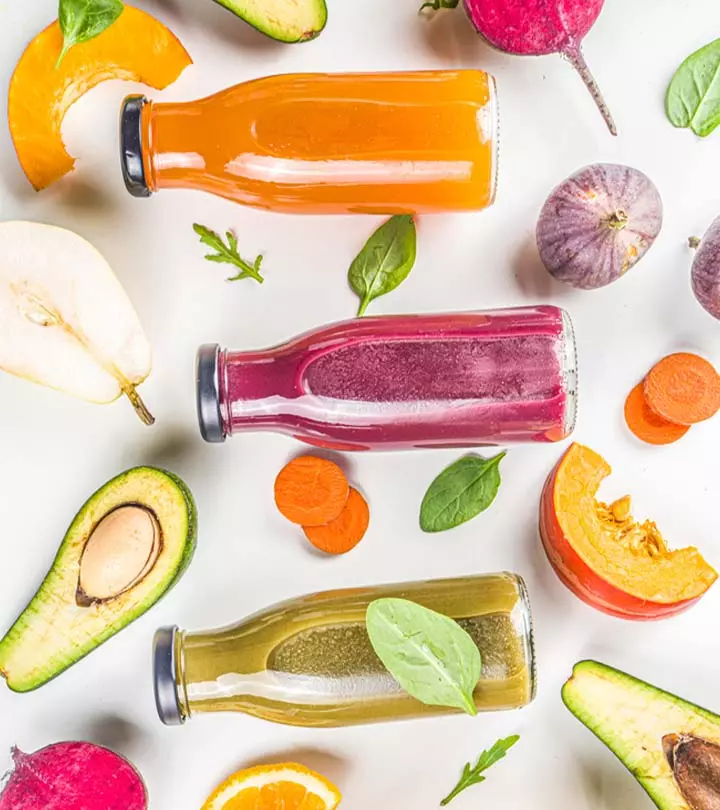
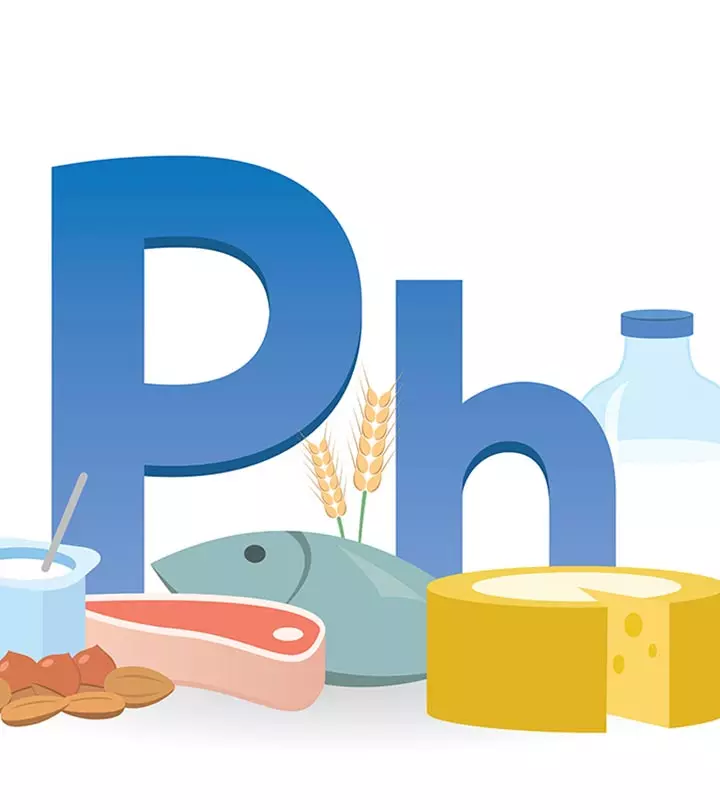
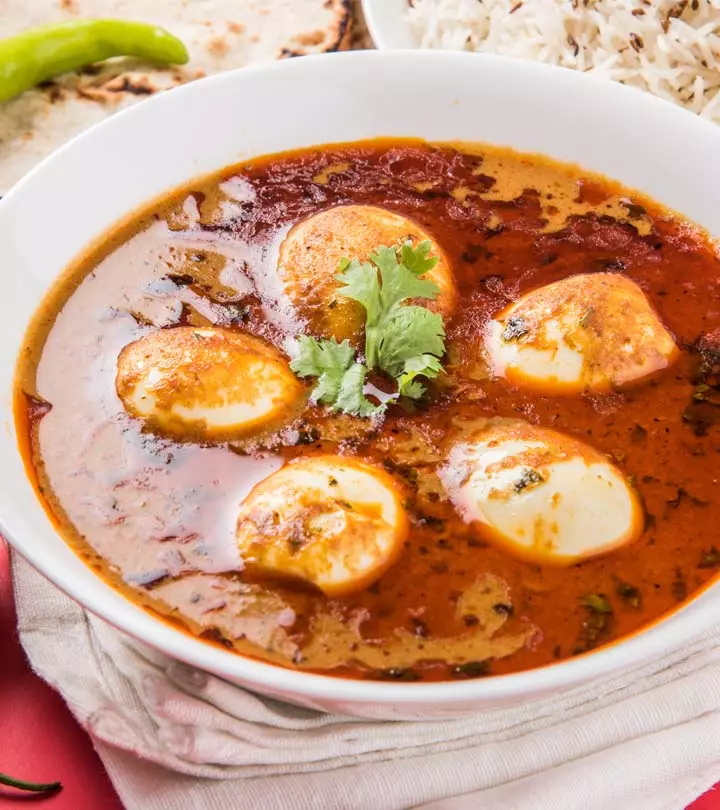
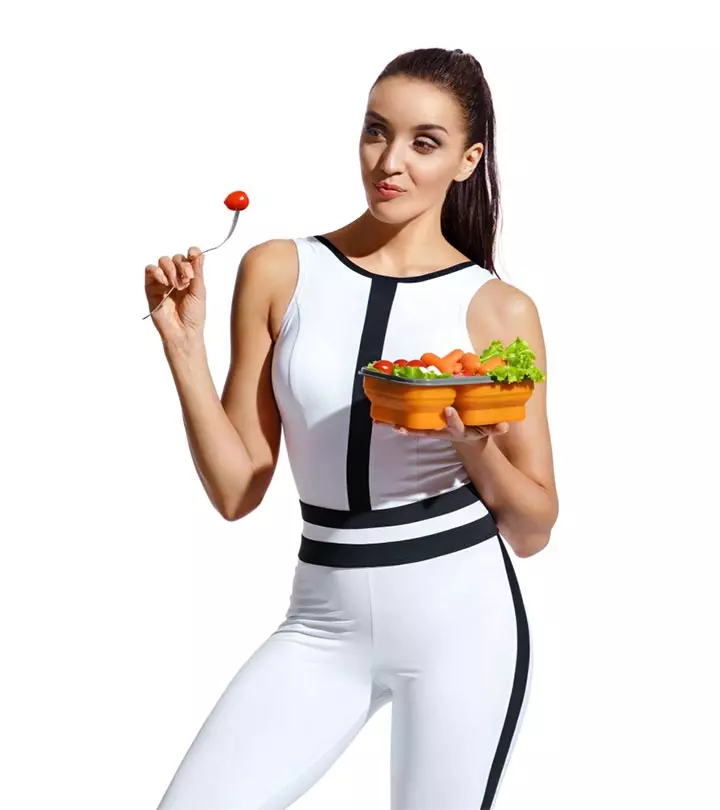

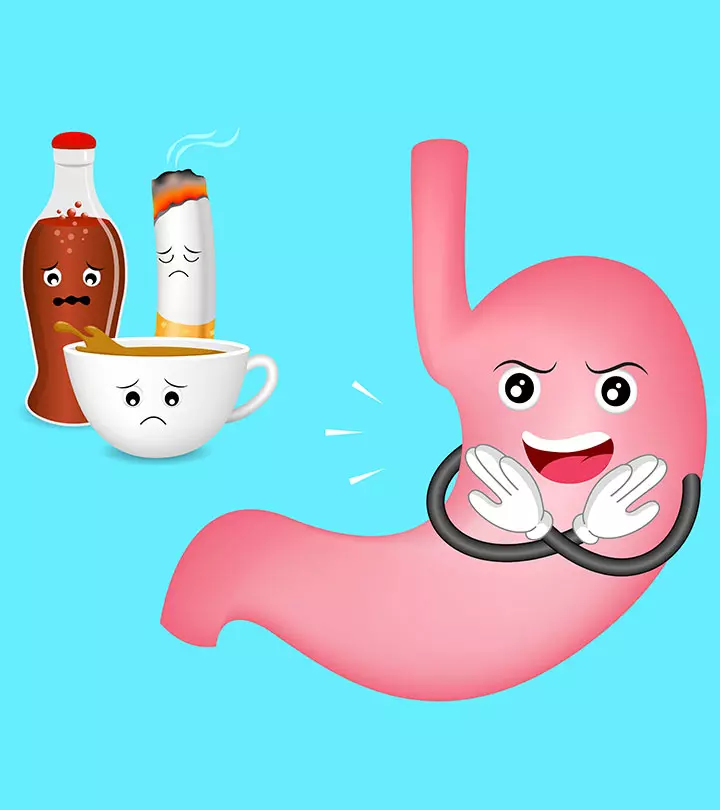
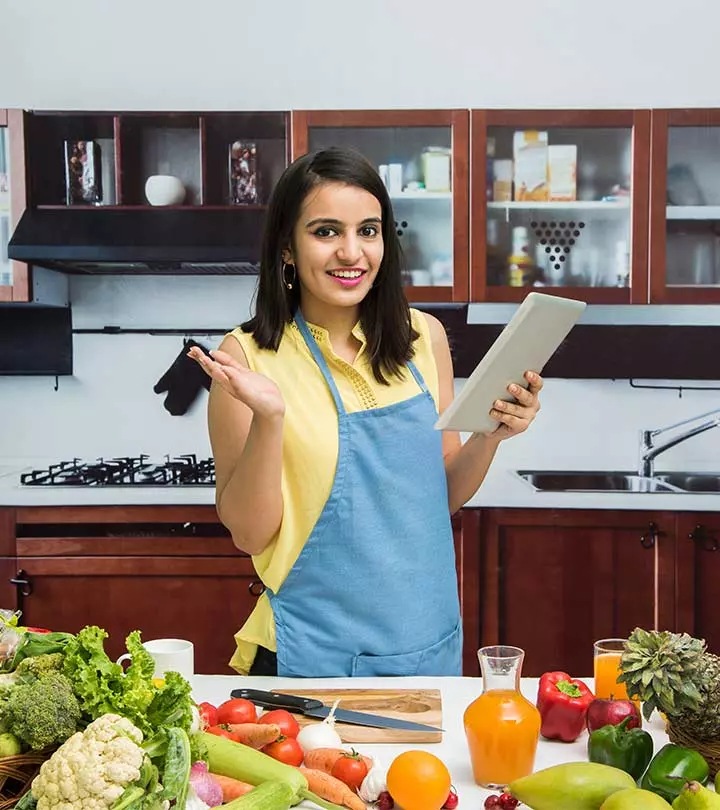

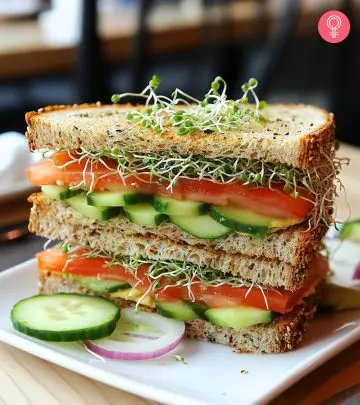
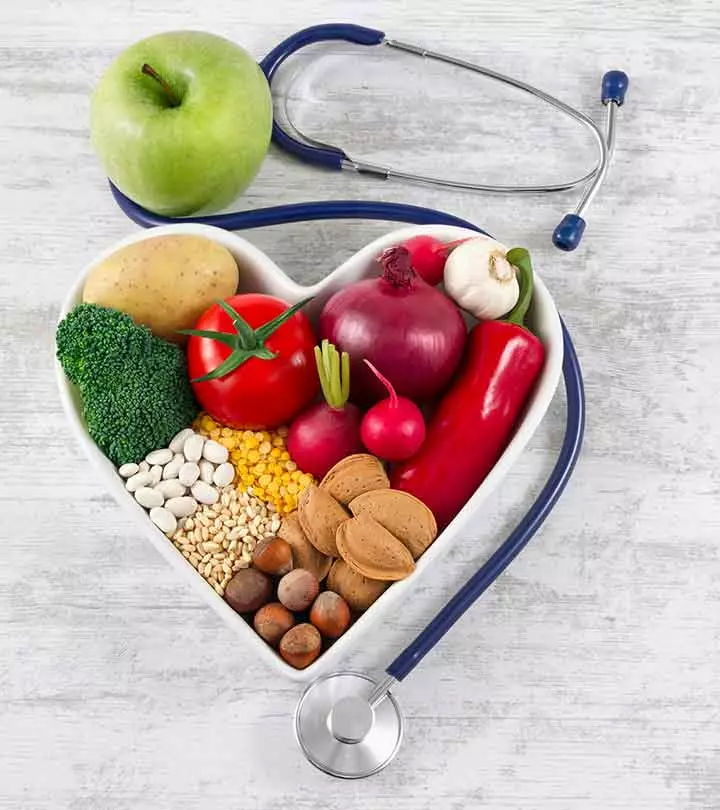
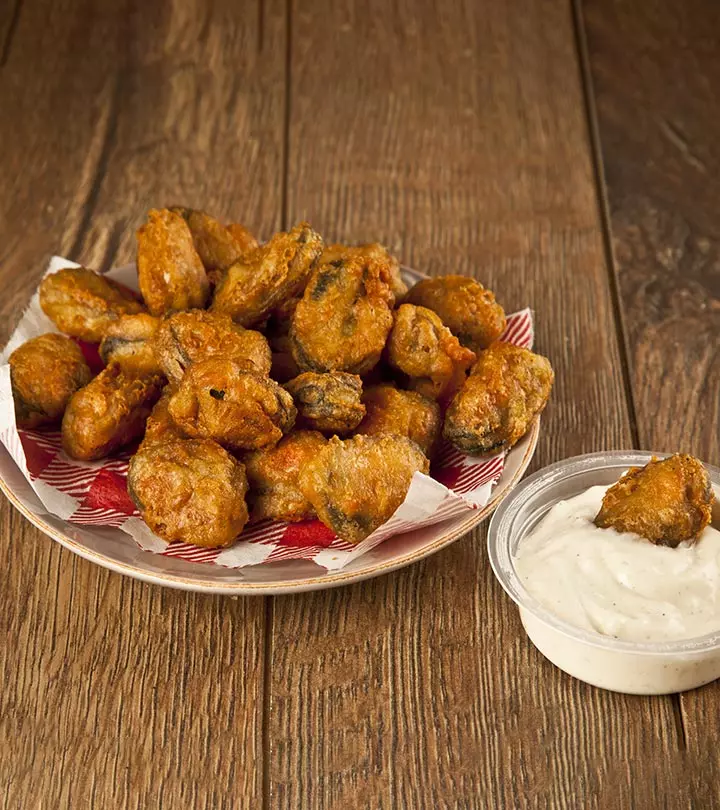

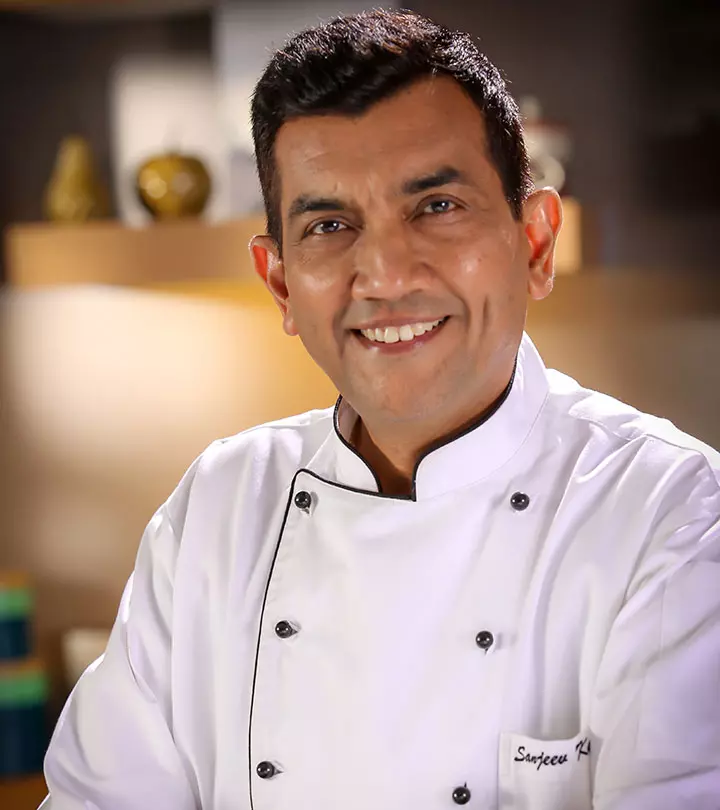
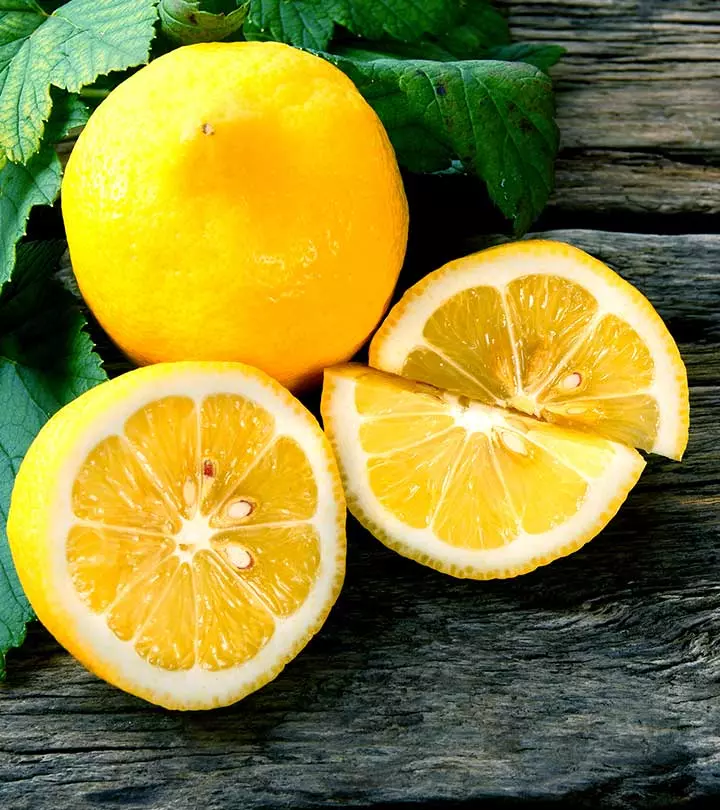
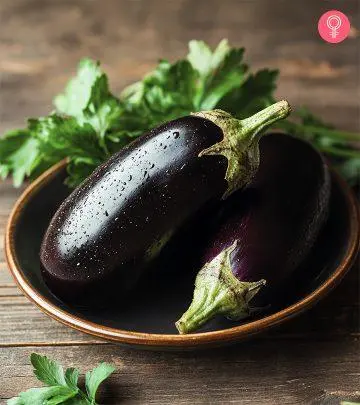

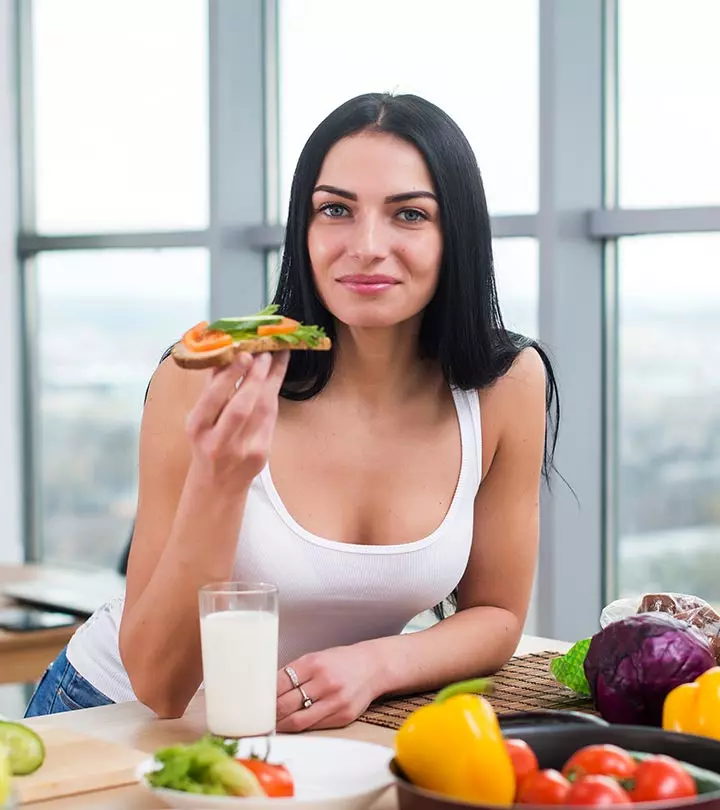
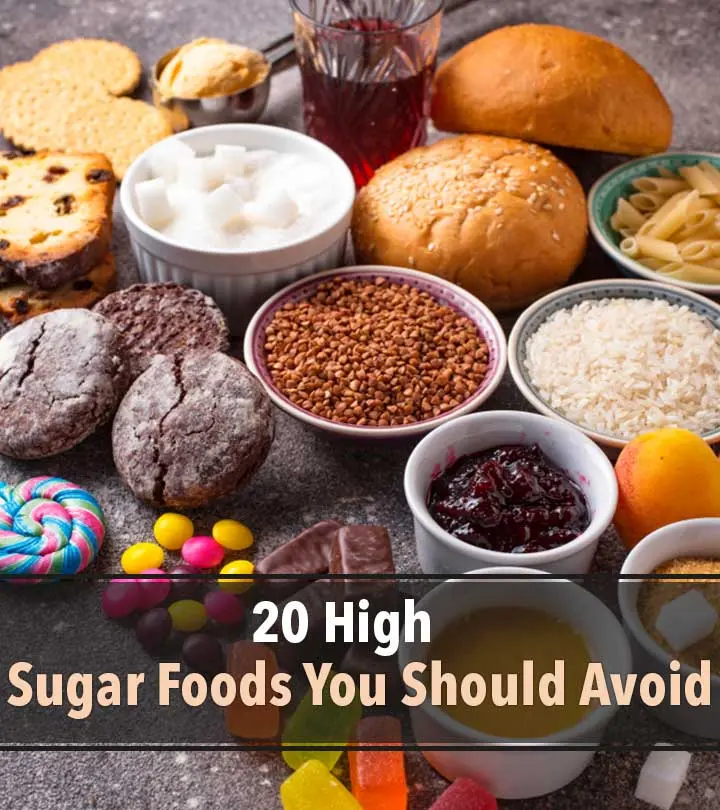

Community Experiences
Join the conversation and become a part of our empowering community! Share your stories, experiences, and insights to connect with other beauty, lifestyle, and health enthusiasts.